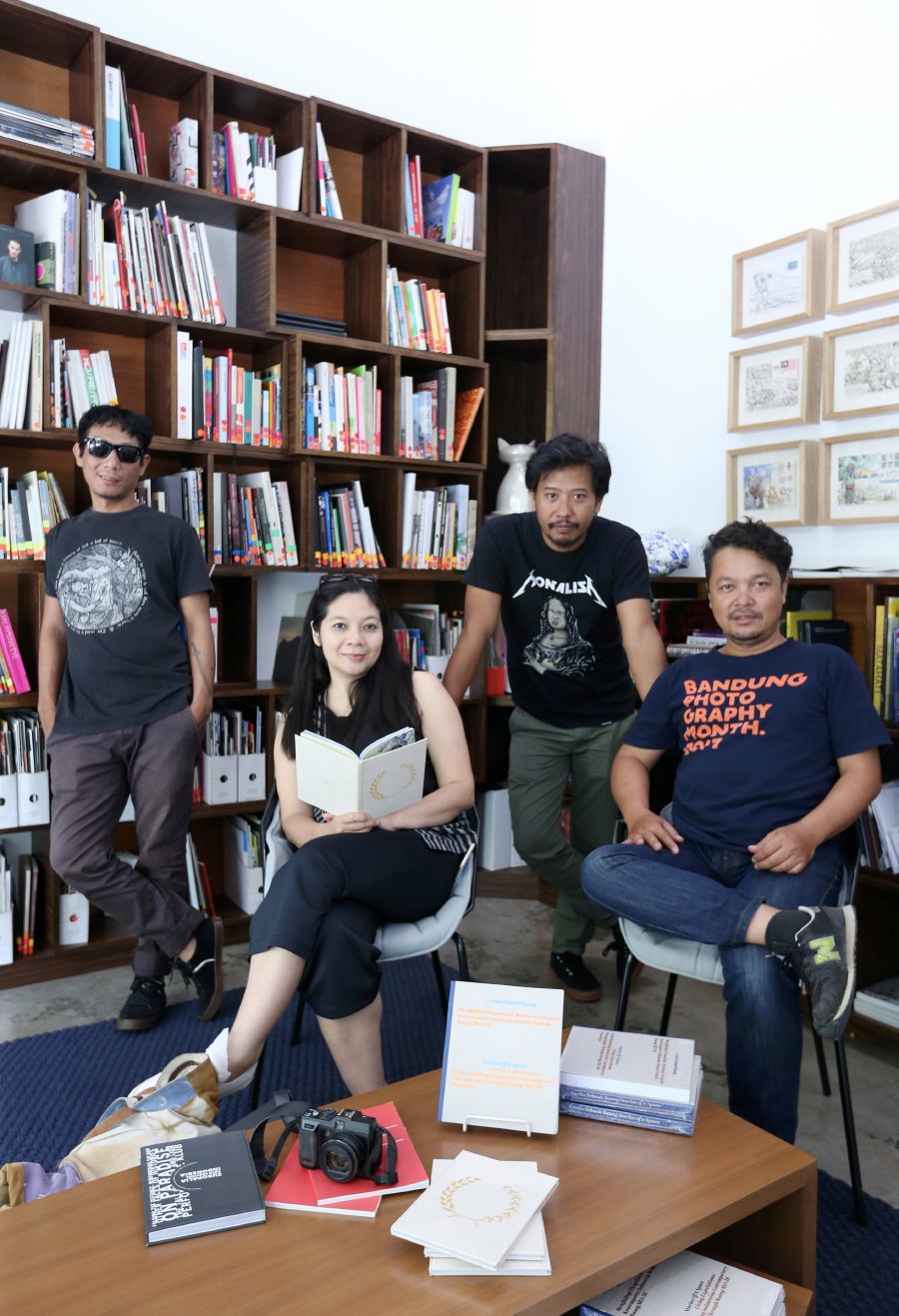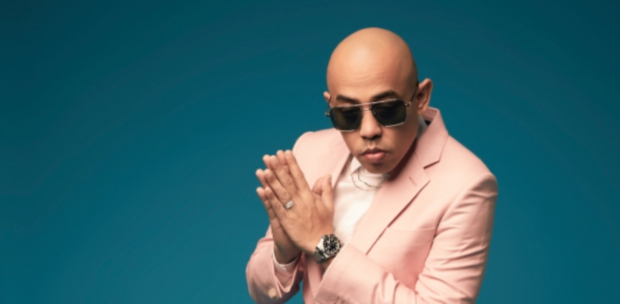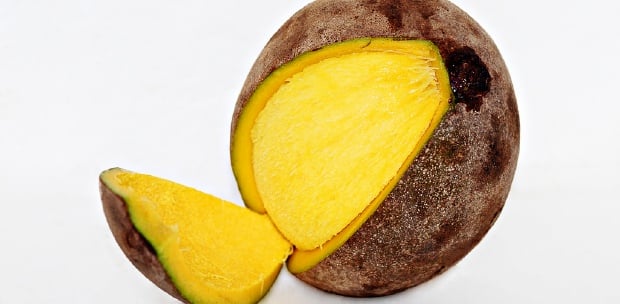THE title of the show itself is alluringly contradictive. But in this context, it presents a body of work of ‘fantasy’ and the ideas of indiscernibility. Akiq AW, Jim Allen Abel and Wimo Ambala Bayang challenge audiences to reveal the strata of significance which are umpired by their own experiences, their country’s turbulent history and eclectic culture in the exhibition Hidden Memories — Making the invisible, visible at A+ WORKS of ART, a contemporary art gallery in Kuala Lumpur.
Within this framework, the unseen emboldens fresh filmic explanations seized from the practice of elimination, amplification and comparison. These three artists bring to life explicit sociocultural perspectives linked to areas where the image first occurred, and to a cultural arena where an appearance rebels against traditional senses.
Curator Alia Swastika, who has worked as programme director for Ark Galerie, Yogyakarta, Indonesia since 2008 and is actively involved as a curator, project manager and writer on a number of international exhibitions, elucidates: “The presence of these images is a reminder to bear the unseen in mind: a narration of dark history and hegemony. This is a spectre of the past — a point in Indonesian historical journey and nation civilisation which pops up from the images of the ideal family.”

ART OF AKIQ AW
She takes the works of Akiq AW, born in Kediri, East Java, as an example. “He documents the visual artifacts of the propaganda, most of which are abandoned and forgotten. These simple pictures of father, mother and two children — the ideal family — are ubiquitously uniformed and effective means for the campaign of the New Order’s Planning Family.”
Implemented in the early 70s, it was Soeharto’s top programme, aiming at controlling the population growth of Indonesia. Continuing, Alia adds: “Just as the other New Order’s programmes, it was top-down, from the central government to the controlled village apparatuses, making it a new social construction of Indonesian family concept. I think Akiq AW is part of the generation growing within this construction and has experienced the inundation of this campaign which now has become a collective memory on the tension between ‘individual’ and their surrounding ‘community’.”
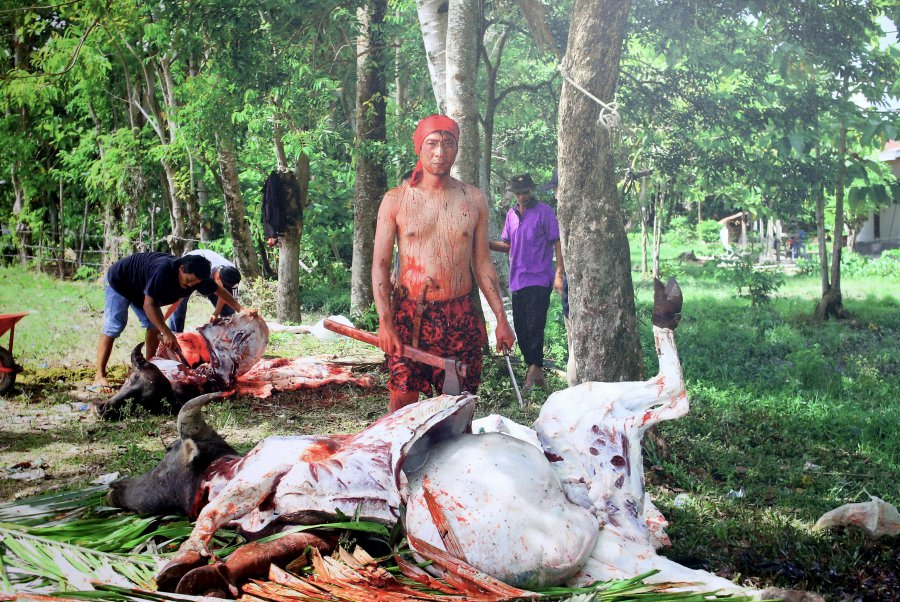
ART OF JIM ALLEN ABEL
Jim Allen Abel’s (Jimbo) works are intensely personal, and acutely painful. His mother passed in December 2017 in Sulawesi and Jimbo wasn’t able to make it home in time. He came back to a funeral.
His matriarch was from the Toraja tribe, and it’s customary to hold a week-long ‘celebration’. Jimbo recreates an enactment: in one work, he stands beside his mother’s coffin, the room painted blood-red. Clad in traditional Toraja attire, he looks directly at us, in his arms the entrails, liver, lungs and heart of a sacrificed buffalo. The room is flawlessly decorated, but it’s his eyes that we cannot tear ourselves from. They exude an agony so deep it drills holes into our souls.
We look at this work in two ways; the elaborate picture is an assertion of the importance of tradition in a post-modern condition, and also, the artist grieves in solitary confinement, a self-imposed exile. In his Larung Series, Jimbo is seen cutting slivers of flesh from a buffalo. In the next, he brings the head to a river bank, and releases it into the flowing waters.
The buffalo is a hallowed being in Toraja customs, and the liberating of the head is a cleansing ritual still practiced today. The Larung Series is a graceful portrayal of the delicate spiritual connections between Jimbo and the traditions of his community.
Jimbo offers two video documentations to accompany his Larung Series. The first, a graphic segment of the artist holding a buffalo head and walking it around his village complemented by a requiem frequently carolled in the Ma’badong ritual. Singing and dancing in a sphere, this observance is a form of revelling solely for the departed. In the second video, Jimbo films his relatives in front of the cemetery. The subjects are unaware of being filmed, thinking that it’s Jimbo who’s taking their photograph.
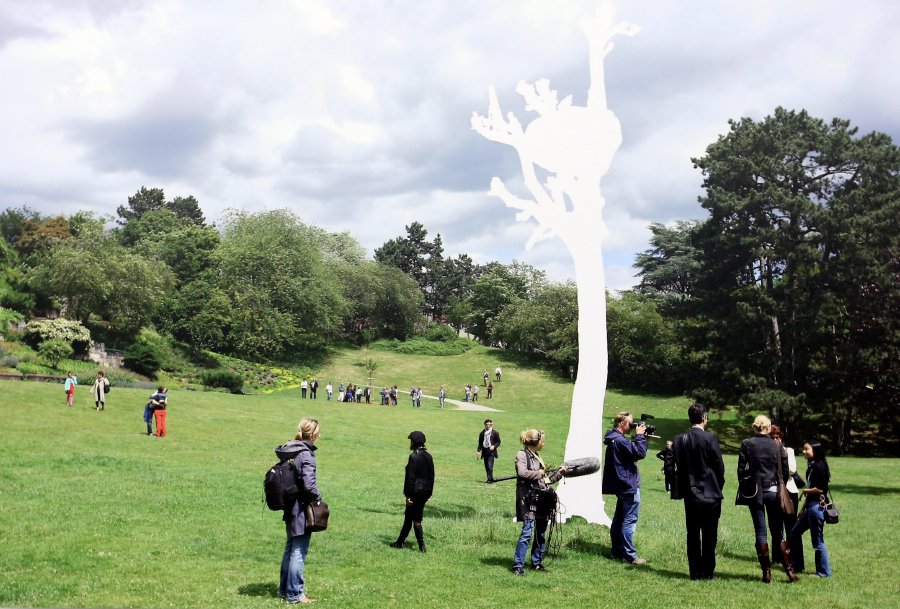
ART OF WIMO AMBALA BAYANG
Then there’s Wimo Ambala Bayang who offers images and concepts of the invisible in an optically anterior manner. He’s an artist who works with photography and video. In all his renderings, the art has been whited out. Because of this, we’re coerced into studying the audience instead; the faceless beings peering, gazing, admiring and dissecting the pieces on display.
This disarticulation plays a pivotal role in modern visual art endeavours. It is an artist’s stab at persistently querying on what’s truly real.
For the ones who know, you can tell of course that it’s an Ai Wei Wei sculpture that has been ‘blackened’. But to the ‘everyday’ eye, art may very well be just bleached spots.
Wimo’s works is a remarkably witty commentary face-off, resulting in situations that are humorous, innately goofy yet deeply uncanny. The audience becomes the unsuspecting victims, and here lies the unrelenting quest for truth and reality.
Memories of the Unseen is an intimate interrogation and yearning; bodies of work which demand understandings we have just started to discover.
In this excerpt from Elizabeth Bishop’s Intimate, Low-Voiced, Delicate Things, we pause and think of our own anguish. In the deepest sighs and cries, we mustn’t lose our faith even as the road blackens before our very eyes.
And from the same simplified point of view
Of night and lying flat on one’s back
All things might change equally easily,
Since always to warn us there must be these black
Electrical wires dangling. Without surprise
The world might change to something quite different,
As the air changes or the lightning comes without our blinking,
Change as our kisses are changing without our thinking.


